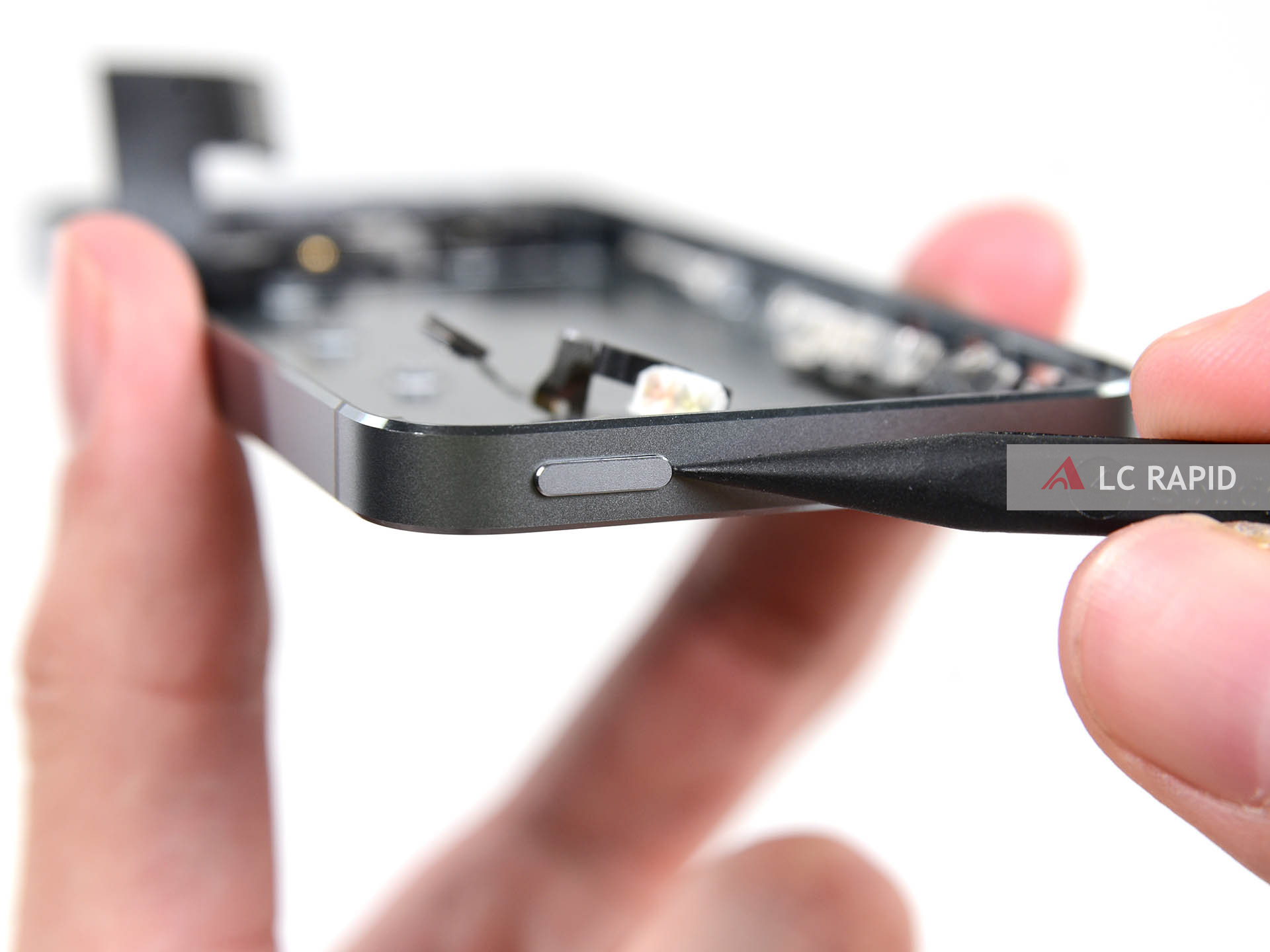+86-18898486814
sales@lcrapid.com
1. Introduction of the mobile phone shell material and illustration of related examples
The material of the aluminium smartphone shell should have the characteristics of high strength, good heat resistance, electromagnetic shielding, stable size, and fine appearance. The technology develops towards the trend of light weight and thin wall to achieve the function of protection, heat dissipation and beauty.
The material that is commonly used as mobile phone shell include engineering plastics such as PC / ABS / PMMA, metal alloy materials such as magnesium / aluminum / stainless steel, and composite materials of alloy and glass fiber.
For example, as for the first-generation iPhone released in 2007, Apple's aluminium mobile phone case has already adopted the technology of aluminium rapid anodizing process. Later on, its Mac series, Apple Watch, iPhone 6S, iPhone7, etc. basically adopted 7000 series aluminum alloy, which represents 7075 aluminum alloy. This kind of alloy, mainly containing the element of zinc, is an aluminum-magnesium-zinc-copper alloy, a kind of heat-treatable alloy, and it belongs to the high pressure die casting aluminum which has good wear resistance.

2. General rapid anodizing process of aluminum mobile phone shell
The aluminium anodizing process in the manufacturing process of the mobile phone case is to anodize the surface of the base material of the aluminium mobile phone case through a certain chemical action to form an anodic oxide film to improve the wear resistance, corrosion resistance, reflectivity of the mobile phone case and other functions such as enhancing beauty of the appearance.
When the electric current passes, hydrogen gas is precipitated on the cathode; oxygen (including molecular oxygen, atomic oxygen and ionic oxygen) precipitated on the anode is usually represented by O₂ in the reaction. The aluminum as the anode is oxidized by oxygen precipitated thereon to form an anhydrous anodic aluminum oxide film.
The role of each step process
(1) Degreasing: It is used to remove grease on the surface of aluminium mobile phone cases. If there are organic substances such as oil stains on the metal surface, the flatness, adhesion, and corrosion resistance of the electroplating layer will be affected, and the deposition may even be discontinuous, loose, and even peeling off. The degreasing process before plating is very important.
(2) Alkaline washing and deplating: This is a step to remove the old oxide layer on the surface of the aluminum mobile phone case to expose the pure substrate. There are two methods of deplating: one chemical method and one electrochemical method. The most commonly used chemical method is alkaline washing.
(3) Acid eluting film: This procedure is taken to remove the black water film and dirt on the surface of the aluminum mobile phone case, which can help adjust the uniformity / thickness / brightness of the surface material of the aluminum mobile phone case. (Note: The film removed here is mainly derived from NaAIO2 produced by Al+NaOH→NaAIO2+H2. NaAIO2 is a black soluble salt, which is a black film attached to the surface of an aluminum mobile phone case.)
(4) Polishing treatment: The purpose of this step is to eliminate the mechanical defects on the surface of the aluminum mobile phone cases, reduce surface roughness, and improve the surface gloss. The phosphoric acid is usually used for this certain treatment.
(5) Activation: It is used to expand the hole, increase the porosity, and improve the dye adsorption effect in the next process.
After rapid anodizing in rapid manufacturing company, the oxide film can be activated with acid solution before coloring. Due to the chemical dissolution of the acid solution on the anodic aluminum oxide, the pore wall can be dissolved from the outside to the inside, and the pore size can be enlarged. At the same time, alumina membranes with different pore sizes can be obtained by controlling the length of activation time.
(6) Dyeing: According to customers' requirements, we can produce mobile phone cases with beautiful colors and appearance. The dye is adsorbed on the surface of the pores, and then diffuses and accumulates into the pores. It is ion-bonded and hydrogen-bonded with anodic aluminum oxide to add colors to the film.
(7) Hole sealing: Improve the quality and dyeing firmness of the phone case, prevent the appearance of magnesium oxide from deforming, and make the phone case capable of preventing fingerprints, stains and grease stains. The sealing methods include: hydration sealing, inorganic salt solution sealing, organic coating sealing, etc.